This was published 7 years ago
The alternative destinations to Europe's most crowded tourist cities
By Tim Richards
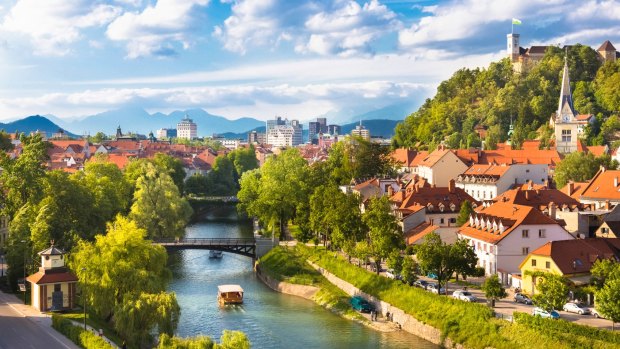
Cityscape of the Slovenian capital, Ljubljana.Credit: iStock
Something is rotten in the state of Denmark ... or rather, Spain. As reported in Traveller last year , Barcelona has become grumpy about the sheer number of tourists visiting its attractive streets. The city's new mayor, Ada Colau Ballano, worried that the city of 1.7 million people was being swamped by the 7.6 million visitors expected in 2015.
Further north, in Berlin, locals have been putting up sporadic resistance to the spread of tourists into residential areas, partly caused by the rise of AirBnB.
Many people in popular European cities rely on tourism for their income, of course, but it seems even these places can hit a point at which the crowds become a problem. According to a 2015 report on Bloomberg.com, Venice's resident population has dropped from 180,000 to fewer than 60,000 in the last five decades; compare this to the 2 million plus annual visitors to the city.
What's to be done? Ration arrivals to these cities, and place turnstiles at its parks and most popular streets?
I have another solution in mind: go elsewhere. People being people, we tend to follow the herds; to go endlessly to the cities everyone else always visits.
No one would deny that Barcelona, Berlin and Venice are impressive destinations. But what if we ... or at least some of us ... chose other European cities to visit? Places that have charms of their own, without being swamped by tourists?
Here are six alternatives I've visited myself, most of which involve travelling further east. Not only do they come with fewer crowds, but you'll also have bragging rights as the traveller who goes somewhere different from the crowd ...
The popular choice: Barcelona, Spain
Barcelona is known for its attractive pedestrian zone, distinctive food, lively market and beautiful architecture.
The alternative? Budapest, Hungary.
The Hungarian capital may not lie on the coast, but it has a commanding position on the Danube River with the hilly ex-royal district of Buda on one bank and commercial Pest on the other. Grand bridges cross its waters, complemented by impressive structures such as the Buda Castle complex and the Hungarian parliament.
Pest has an attractive collection of pedestrian-friendly shopping streets. Its Great Market Hall is a vast collection of fascinating food stalls, and Hungarian cuisine is an inexpensive and spicy delight of paprika, goulash and good local wine.
Something all its own are the city's many hot baths, echoes of the Turkish occupation of the 16th century. Among the most impressive are the outdoor Széchenyi Thermal Baths in the City Park, and the Gellért Baths in a lavish Art Nouveau building.
For more information visit: budapest.com
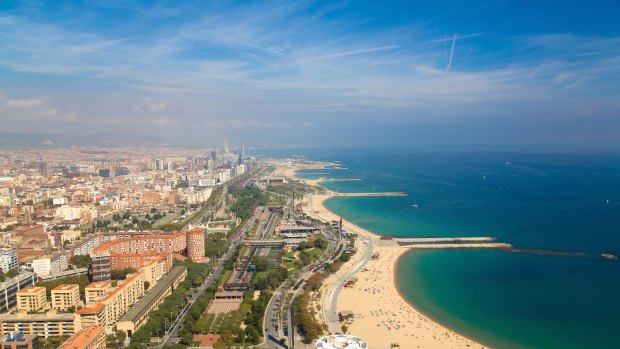
Barcelona, Spain.Credit: iStock
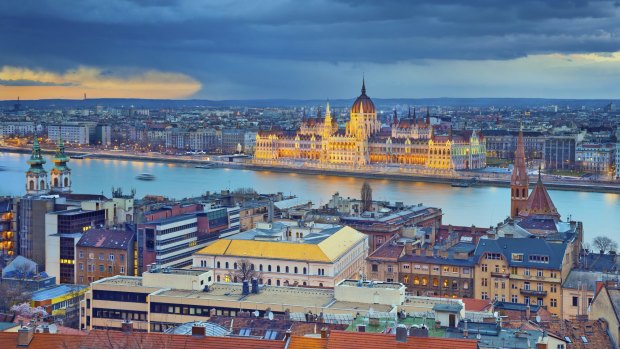
Credit: iStock
The popular choice: Venice, Italy
Venice is known for its appealing architecture and its extensive canals.
The alternative? Stockholm, Sweden.
Although they are not as famous as Venice's canals, waterways also thread the Swedish capital. The city is spread across 14 islands, and to the east the Stockholm Archipelago contains a staggering 30,000 more.
The oldest part of Stockholm, Gamla Stan, is an elegant collection of old buildings set along picturesque narrow streets.
The nearby island of Djurgården is home to several fascinating museums, including the Spirit Museum, devoted to alcoholic beverages; Skansen, an open-air collection of traditional houses; and the Vasa Museum, containing a magnificent timber warship which sank in 1628.
If you'd like to get out on the water, you can kayak or sail via Stockholm Adventures (stockholmadventures.com).
For more information visit: visitstockholm.com
The popular choice: Berlin, Germany
Berlin is known for its inexpensive grungy neighbourhoods, its Cold War remnants and its cool street art.
The alternative? Warsaw, Poland.
Warsaw was smashed to pieces in World War II, then rebuilt in a variety of styles – a beautifully restored Old Town, blocky communist-style neighbourhoods, 21st century glass and steel towers, and a fascinating mix of old and new between.
Over it all looms the Palace of Culture & Science, a soaring Moscow-style skyscraper which was a gift from Stalin.
This mix of styles gives the city a unique character, and nowhere more so than the gritty Praga district on the east bank of the Vistula River.
This former industrial area has developed a cool bar and nightclub scene, as well as attracting artists and designers. Check out its street art on the way to the Neon Museum, which conserves Warsaw's striking communist-era neon signs within an old warehouse.
For more information visit: warsawtour.pl/en
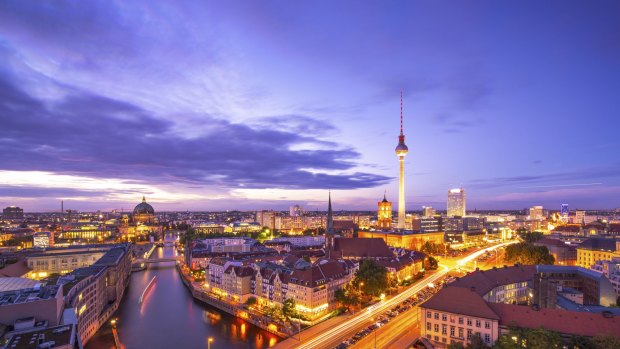
Credit: iStock
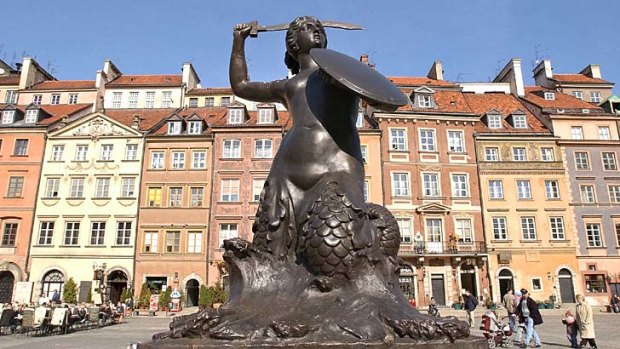
The popular choice: Vienna, Austria
Vienna is known for its extravagant 19th century architecture and stylish coffee houses.
The alternative? Ljubljana, Slovenia.
The capital city of this Adriatic country may be compact, but that's part of its charm – it's easy to walk across its historic centre between attractions.
On a hill sits Ljubljana Castle, a blend of architectural styles and reachable by a funicular railway. Below it is the pretty Old Town, with its collection of old shopfronts, squares, and baroque facades. One of the most prominent landmarks is the Dragon Bridge, topped by four of the mythical creatures.
From an architectural point of view, the city's art nouveau buildings are a major highlight. After a massive earthquake in 1895, many new structures on Miklošičeva Street just outside the city centre were constructed in the playful Viennese version of the style, with colourful quirks and flourishes.
The city is not short of cafes either, with the most ambient examples located along the Ljubljanica River.
For more information visit: visitljubljana.com
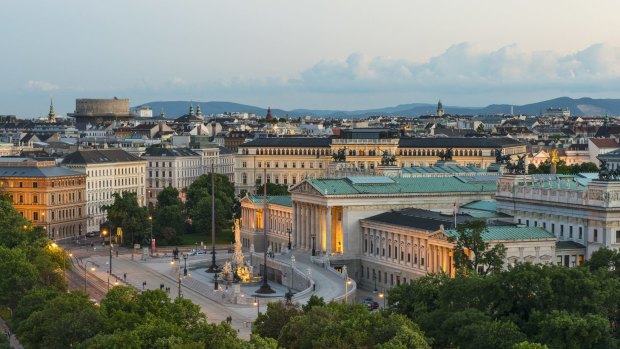
Credit: Vienna Tourist Board
The popular choice: Prague, Czech Republic
Prague is known for its beautiful Old Town with its historic architecture, and its excellent beer.
The alternative? Olomouc, Czech Republic.
Some 250 kilometres east of Prague, this small Czech city in the region of Moravia should receive more attention from tourists. For a start, its town centre is a pretty display of architectural styles from the Renaissance through Baroque, with statues of Roman mythological figures scattered through its squares.
Not far from a statue of Julius Caesar – said to be the city's founder – astride a rampant horse, is the graceful 14th century Town Hall.
Embedded in one wall of the building is a remarkable astronomical clock. After the original clock was damaged in World War II, the new communist regime updated it to feature mechanics, scientists, and a parade of manual workers.
On top of this, Olomouc is home to a number of breweries of different sizes. At the Svatováclavský Pivovar you can even take a refreshing spa bath in beer – while sipping a stein of its finest.
For more information visit: tourism.olomouc.eu
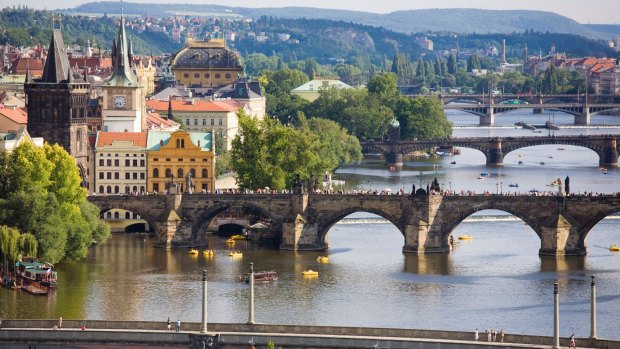
Lovely panoramas: Charles Bridge on Vltava River in Prague.Credit: iStock
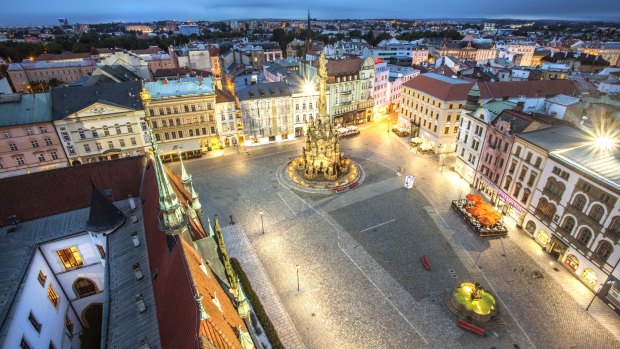
The main square in Olomouc, Czech Republic.Credit: iStock
The popular choice: Florence, Italy
Florence is known for its striking cathedral and its plentiful art treasures.
The alternative? Dresden, Germany.
This choice may seem, well, counter-intuitive ("Wasn't Dresden levelled in the war?" I hear you ask), but bear with me.
Well before World War II, Dresden was the home of the of Saxony, avid collectors of great art. Luckily most of it was spirited away during the war, and has been returned.
Top of the list is the Historic Green Vault, built for King Augustus the Strong in the 17th century. It consists of a series of themed rooms – containing items fashioned from gold, silver, amber, gemstones, enamel, bronze and so on – each more lavish than the last.
The city has numerous other art museums, containing the works of old and new masters, porcelain, armour, prints, photographs, folk art, caricature, and sculpture. Not for nothing was Dresden once called the "Florence on the Elbe".
As for an impressive place of worship, in 2005 the monumental Frauenkirche was reopened in the centre of the city. This lavish baroque church had been left as a ruin for five decades after World War II, but now shines again as a symbol of the resurrected city.
For more information visit: dresden.de/index_en.php
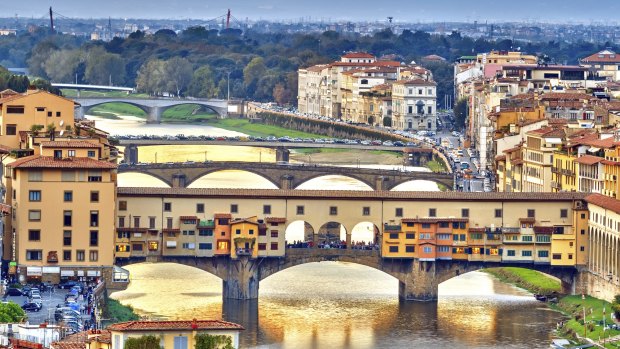
The Arno river, Florence, Italy.Credit: iStock
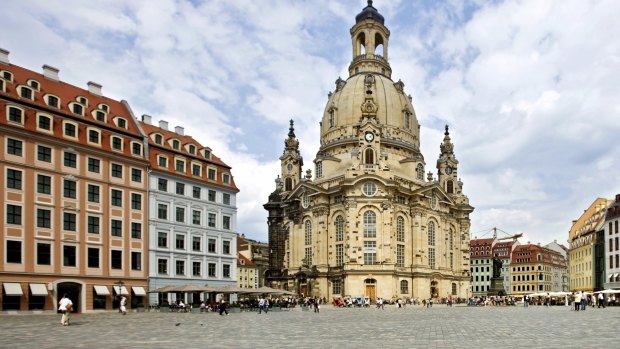
The Frauenkirche church in Dresden, the capital of the German state of Saxony.Credit: iStock
What other alternatives can you suggest for escaping Europe's most tourist-crowded cities? Post your comments below.
Sign up for the Traveller Deals newsletter
Get exclusive travel deals delivered straight to your inbox. Sign up now.